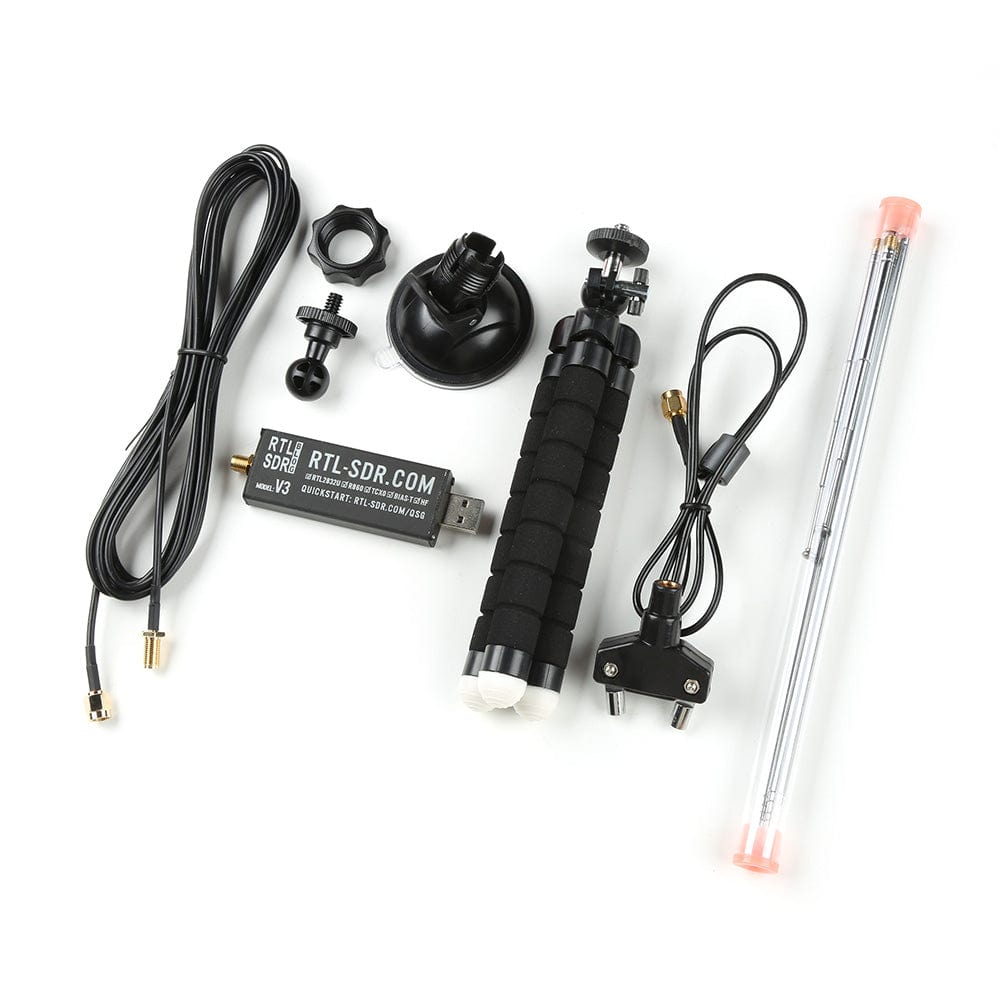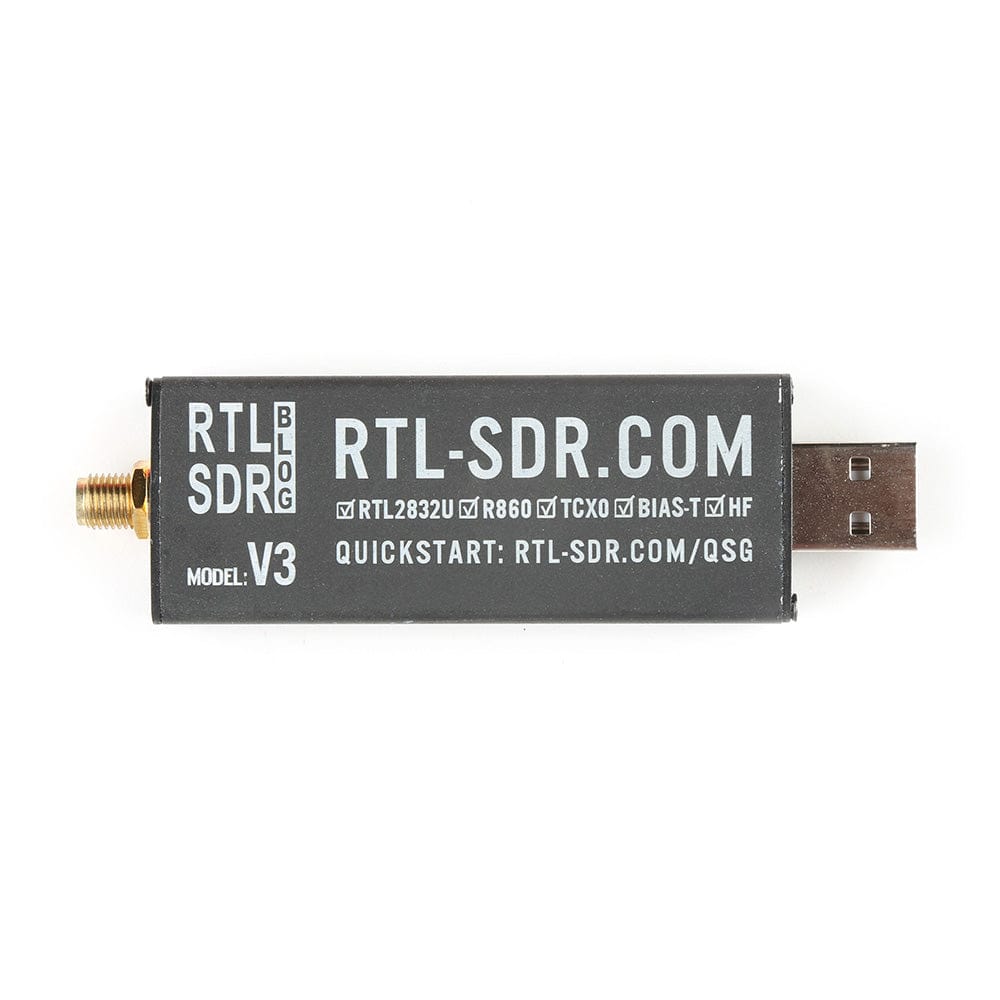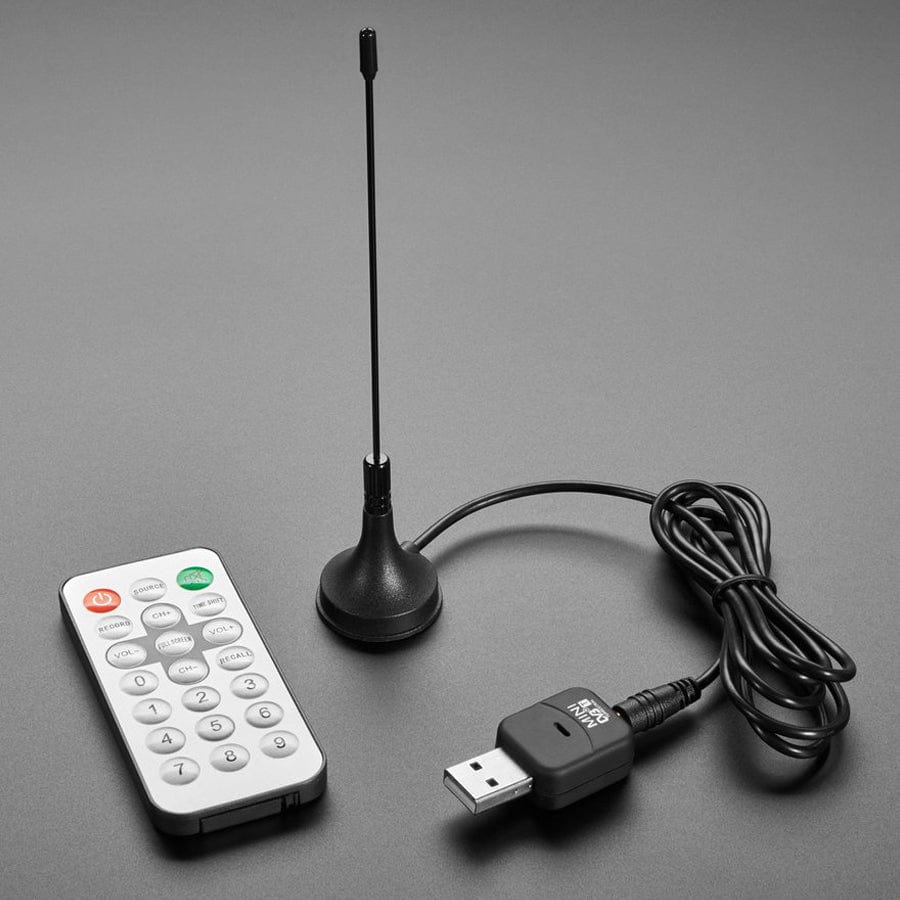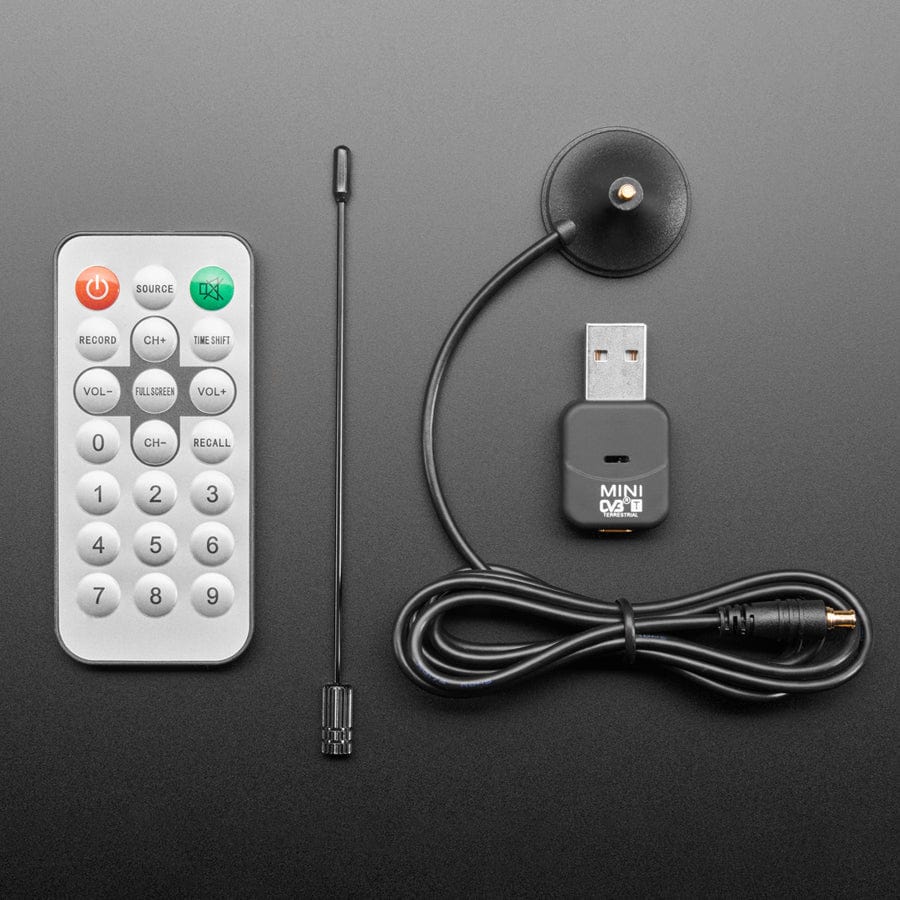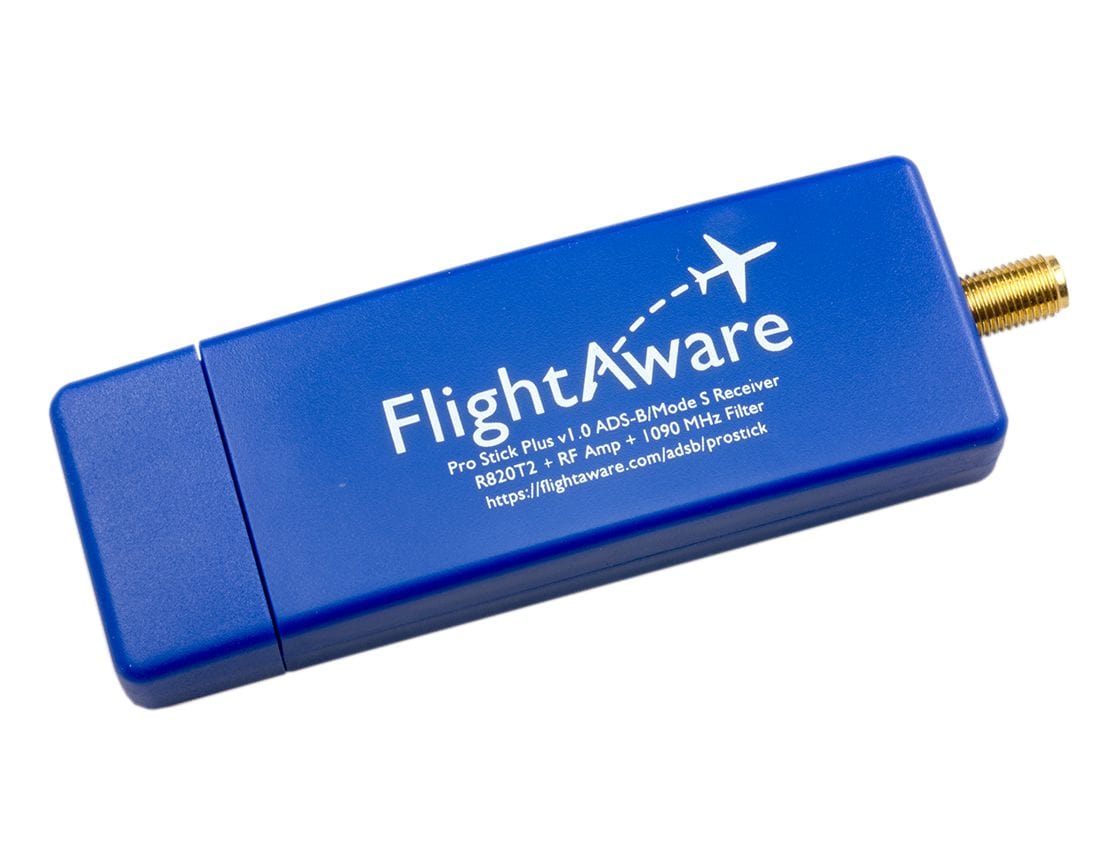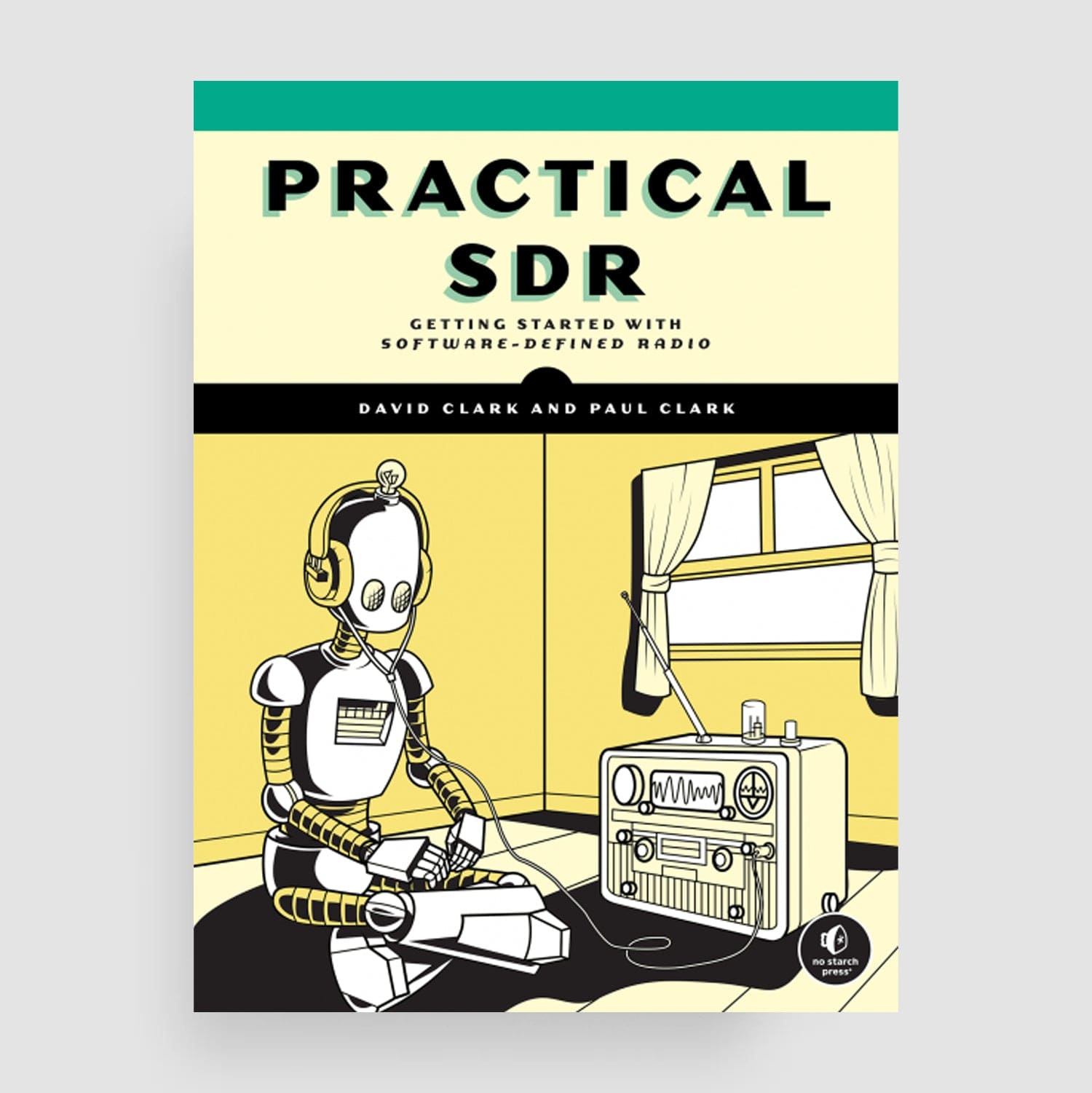
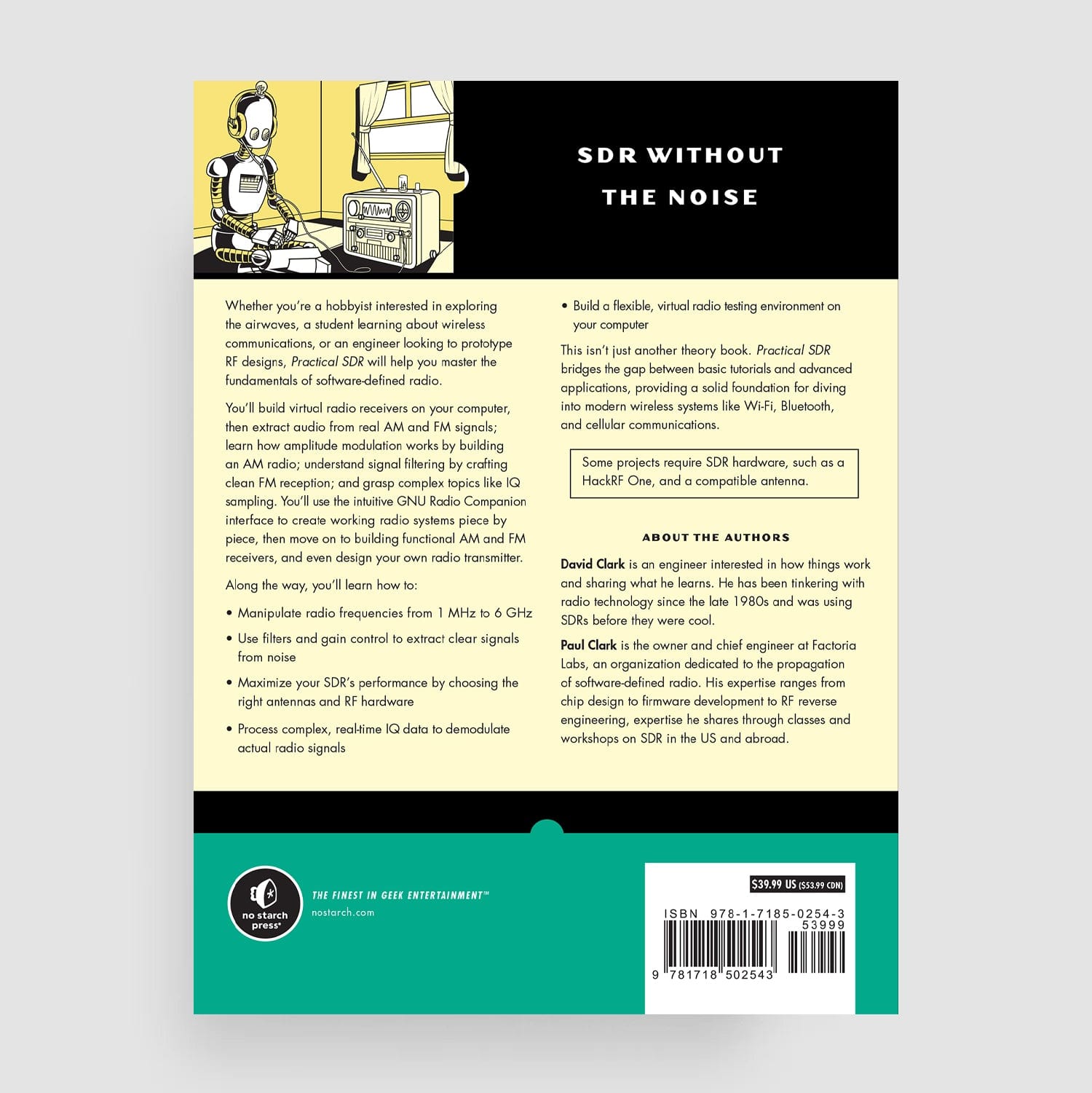
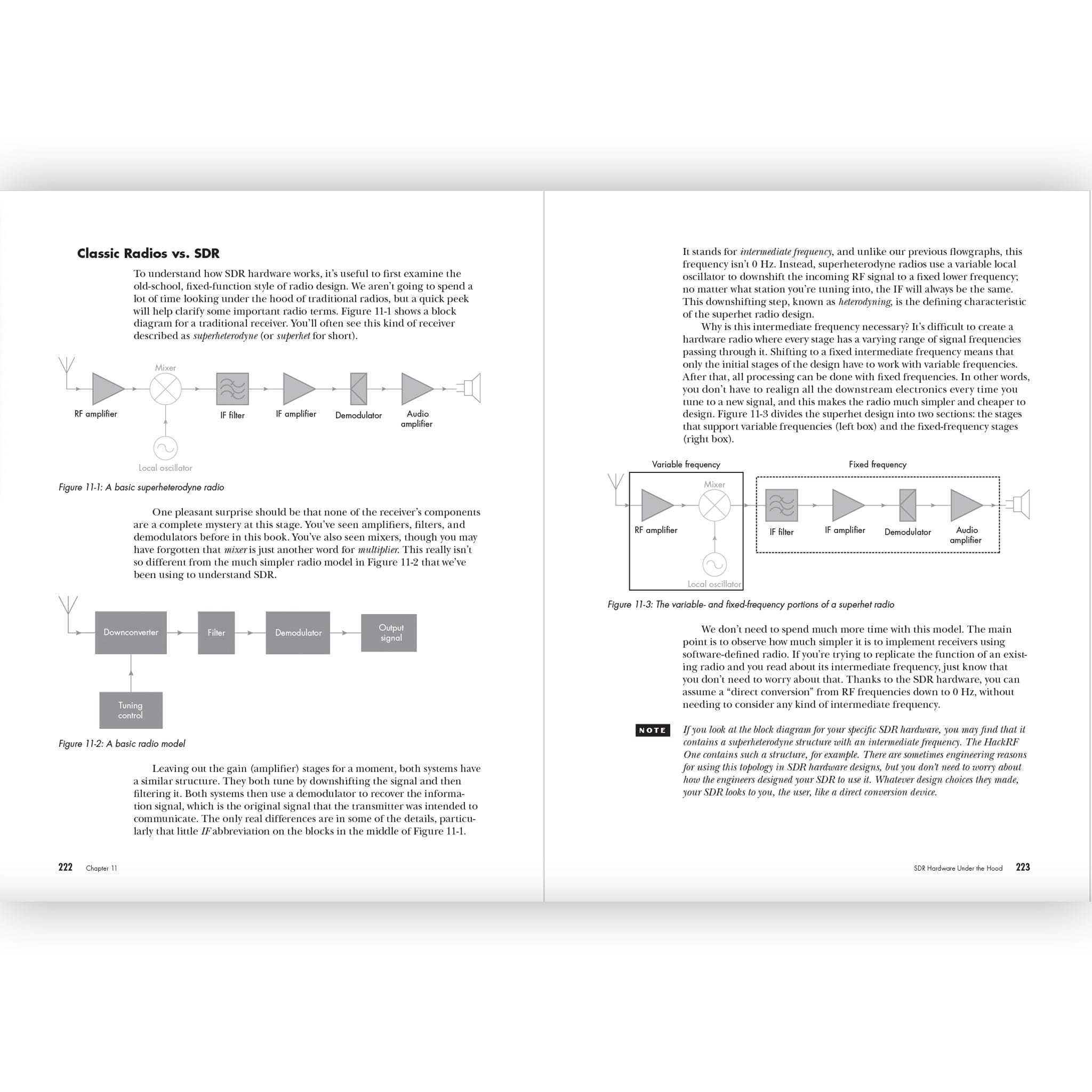
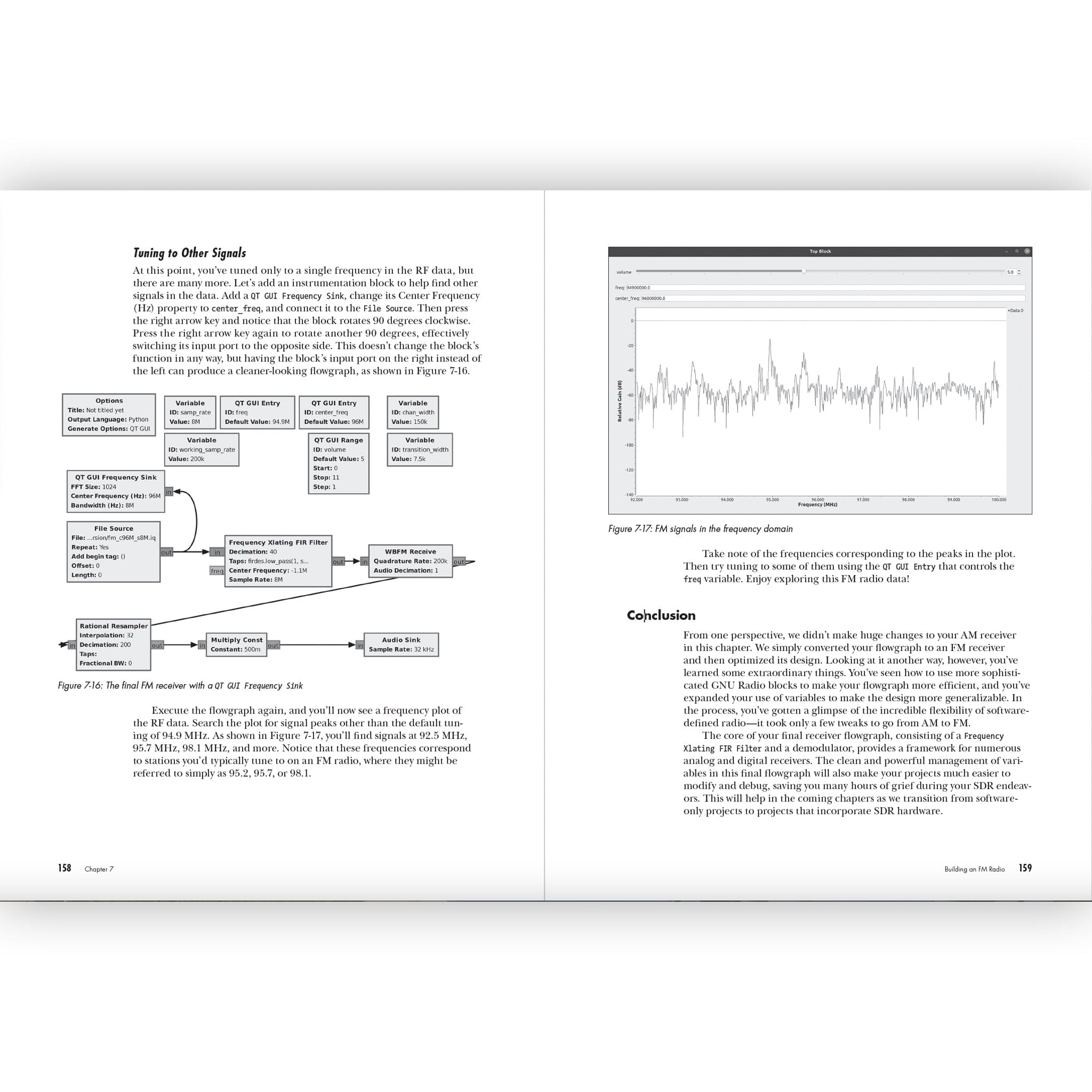
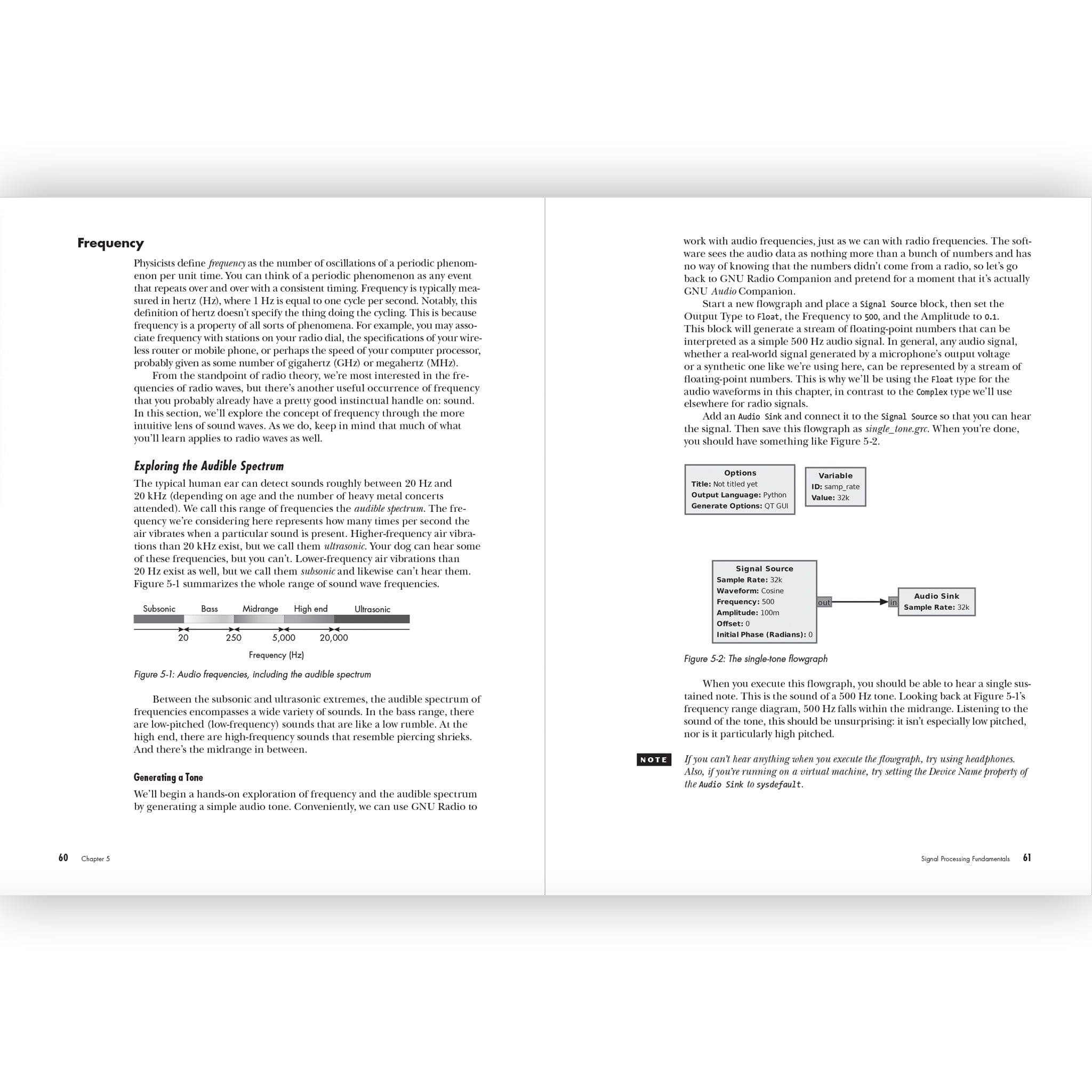
Login / Signup
Cart
Your cart is empty
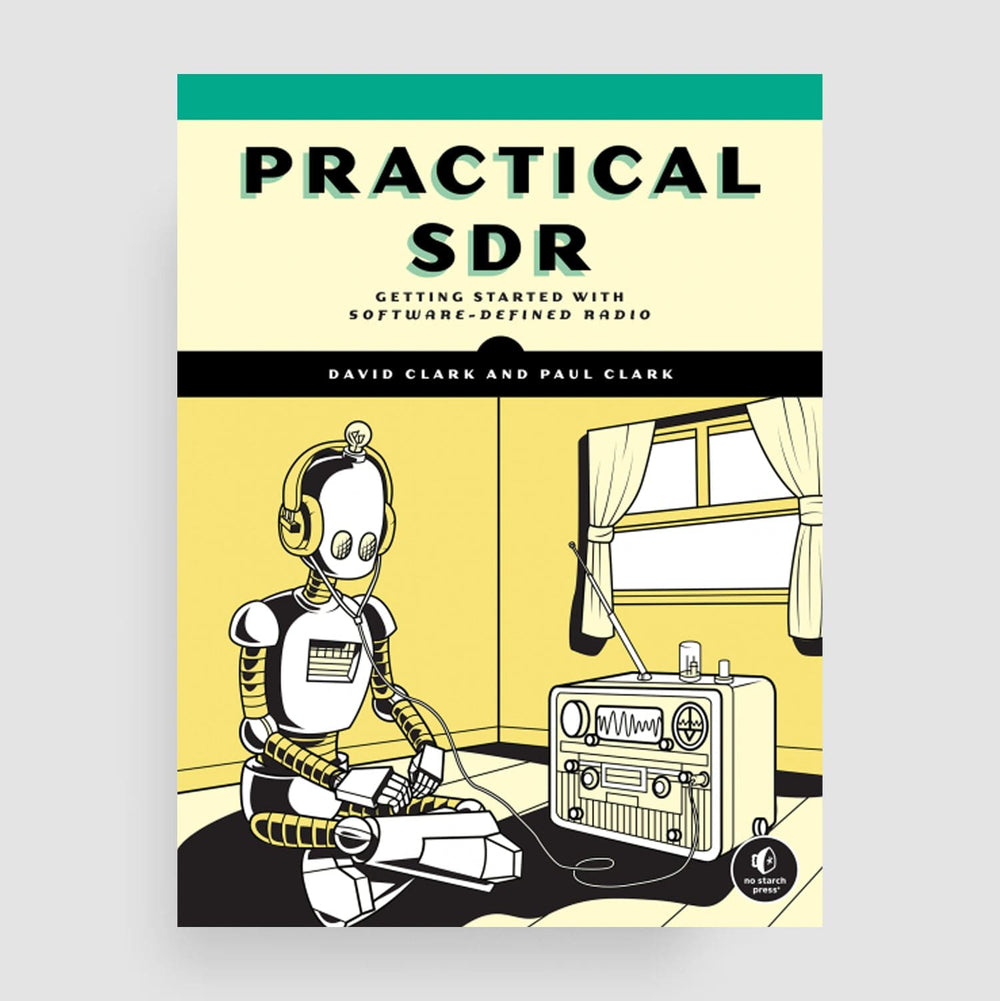
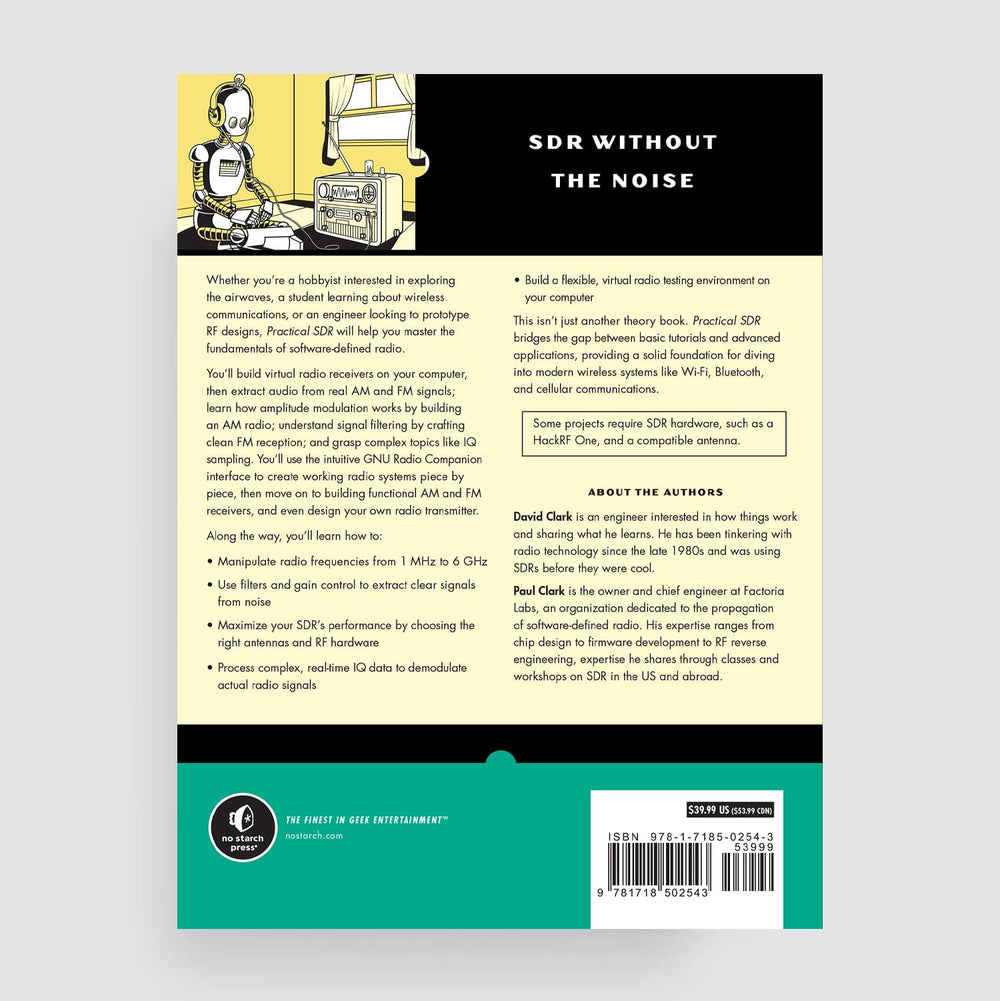
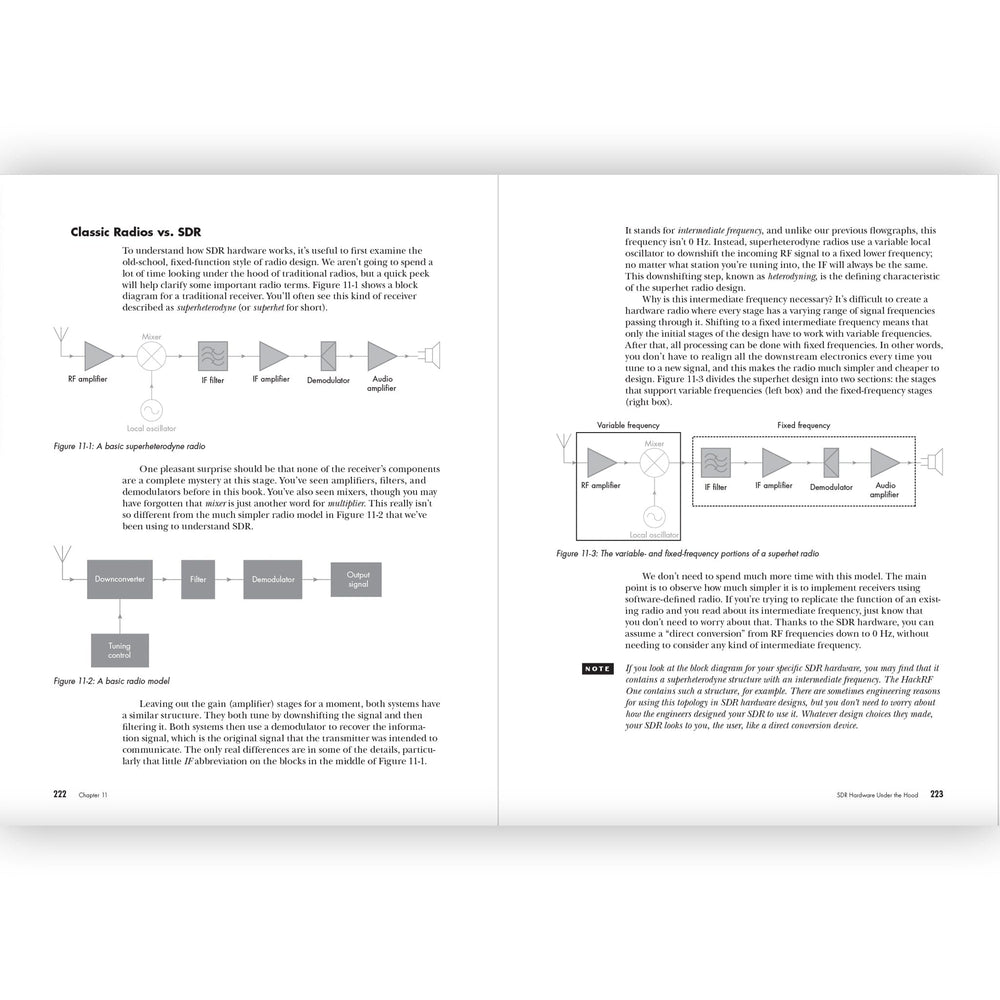
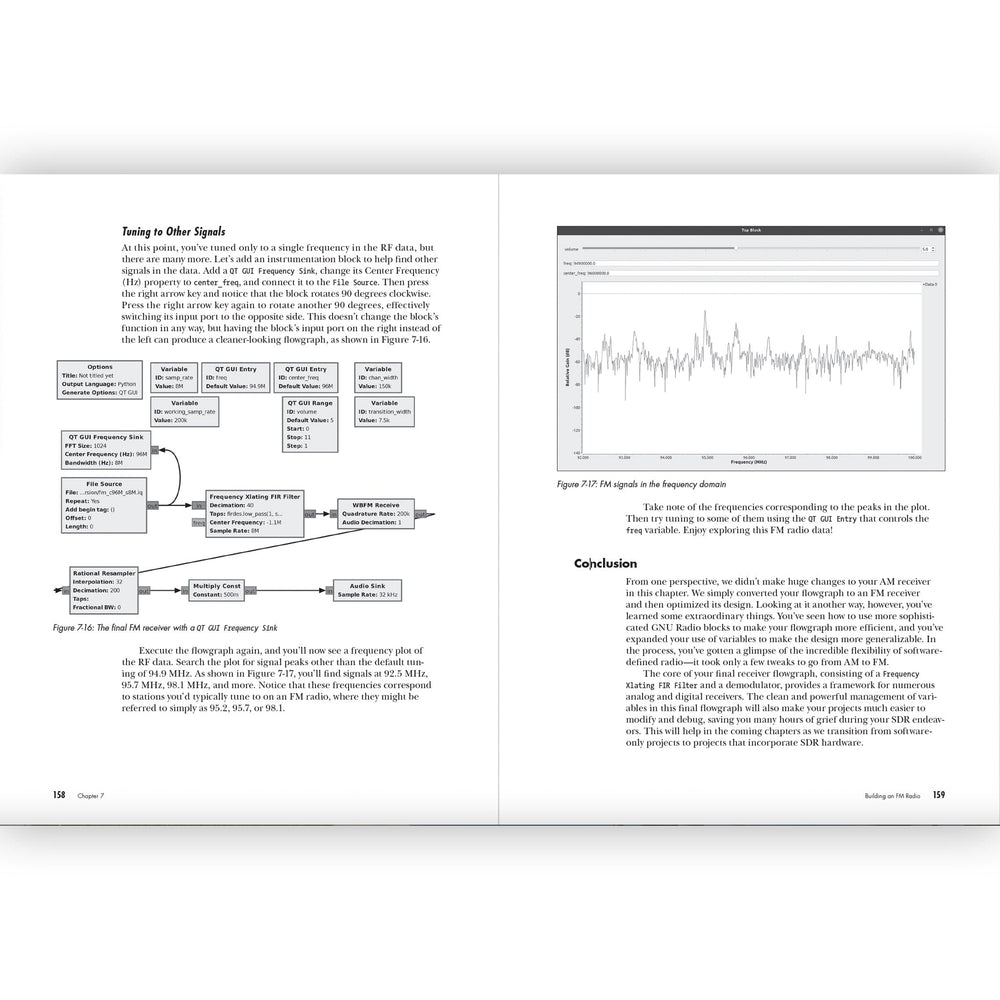
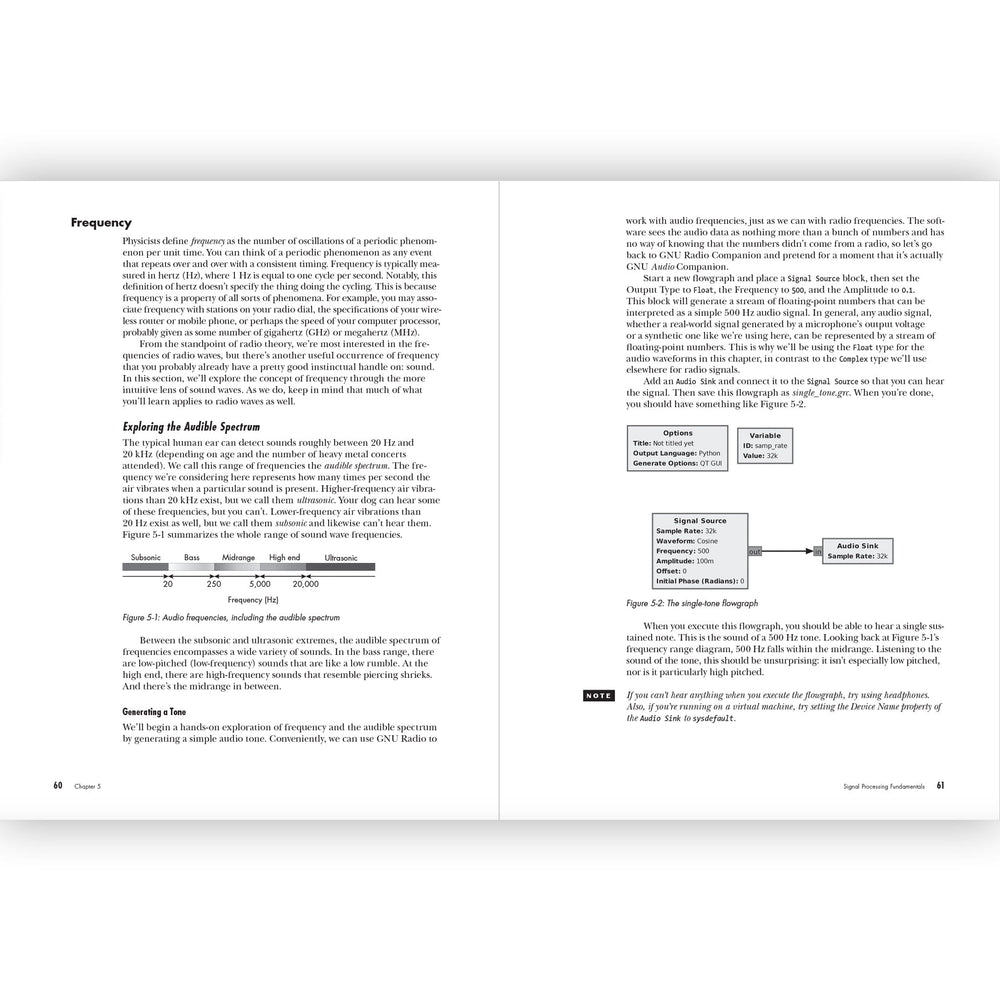
Whether you’re a hobbyist interested in exploring the airwaves, a student learning about wireless communications, or an engineer looking to prototype RF designs, Practical SDR will help you master the fundamentals of software-defined radio.
You’ll build virtual radio receivers on your computer, then extract audio from real AM and FM signals; learn how amplitude modulation works by building an AM radio; understand signal filtering by crafting clean FM reception; and grasp complex topics like IQ sampling.
You’ll use the intuitive GNU Radio Companion interface to create working radio systems piece by piece, then move on to building functional AM and FM receivers, and even design your own radio transmitter.
Along the way, you’ll learn how to:
This isn’t just another theory book. Practical SDR bridges the gap between basic tutorials and advanced applications, providing a solid foundation for diving into modern wireless systems like Wi-Fi, Bluetooth, and cellular communications.
Some projects require SDR hardware, such as a HackRF One, and a compatible antenna.
David Clark is an engineer interested in how things work, and enjoys sharing what he learns. He’s been working with radio technology since the late 1980s and was using SDRs before they were cool.
Paul Clark is the owner and chief engineer at Factoria Labs, an organization dedicated to the propagation of software defined radio. He has experience ranging from chip design to firmware development to RF reverse engineering. He teaches classes and workshops on SDR in the U.S. and abroad.
Introduction
Part I: Building a Basic Receiver
Chapter 1: What Is a Radio?
Chapter 2: Computers and Signals
Chapter 3: Getting Started with GNU Radio
Chapter 4: Creating an AM Receiver
Part II: Inside the Receiver
Chapter 5: Signal Processing Fundamentals
Chapter 6: How an AM Receiver Works
Chapter 7: Building an FM Radio
Part III: Working with SDR Hardware
Chapter 8: The Physics of Radio Signals
Chapter 9: GNU Radio Flowgraphs with SDR Hardware
Chapter 10: Modulation
Chapter 11: SDR Hardware Under the Hood
Chapter 12: Peripheral Hardware
Chapter 13: Transmitting






